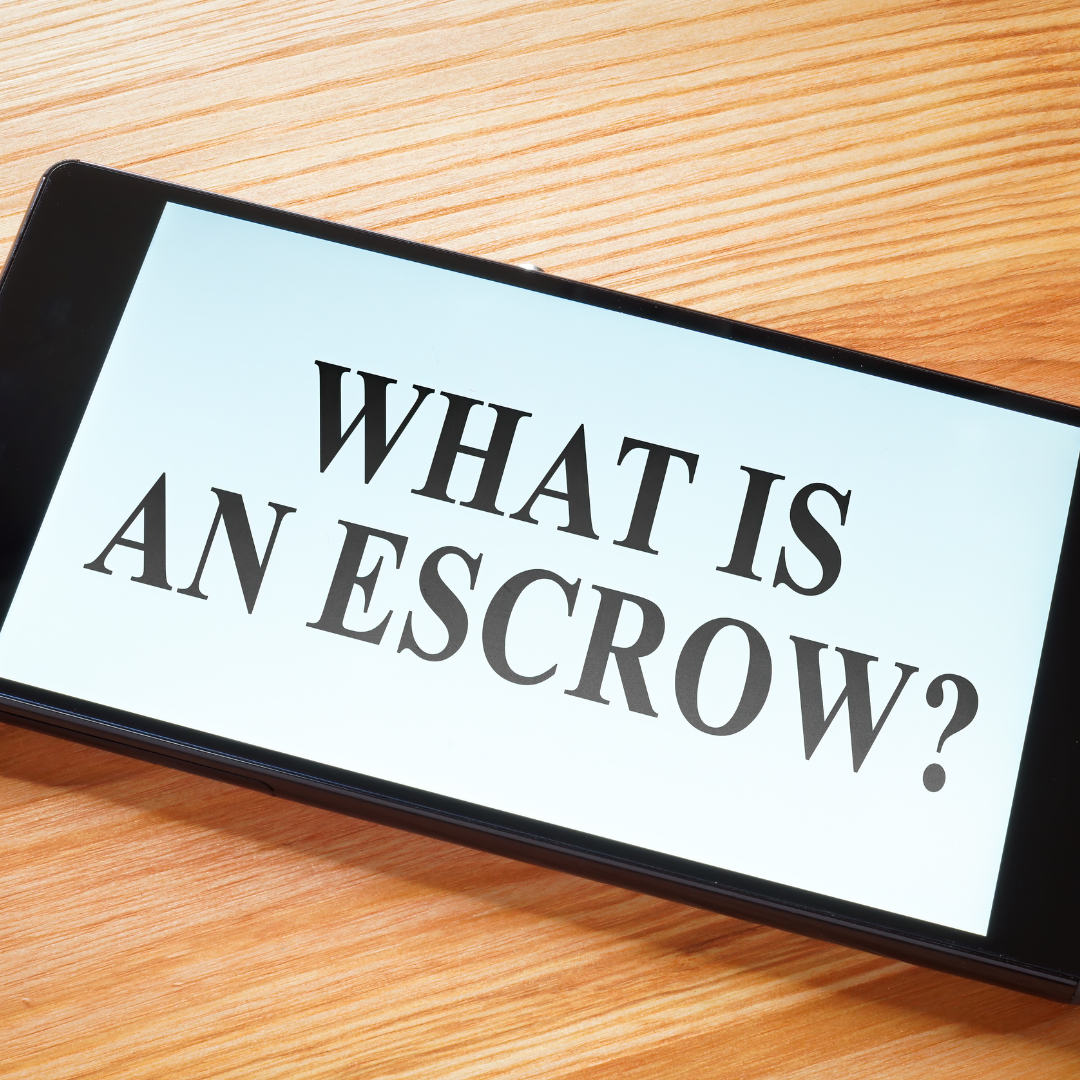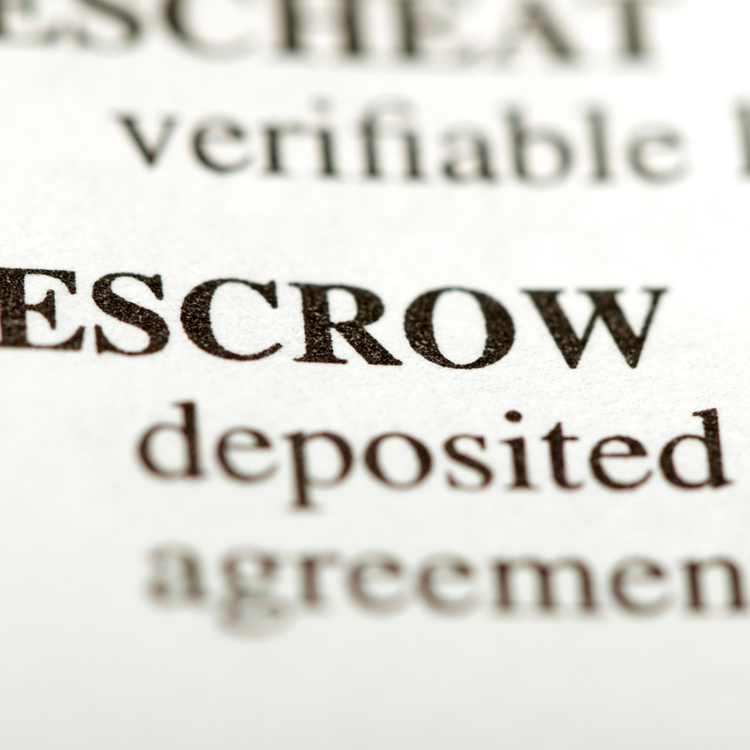Can I remove escrow from my mortgage?

Short Answer:
Yes, but the process to remove it will depend upon your mortgage servicer. Mortgage servicers might require you to have a certain loan to value or on-time payment history.
Longer Answer:
For many homeowners, having a mortgage escrow account is a convenient way to manage property taxes and insurance payments. However, some prefer to handle these expenses independently. If you're considering getting rid of your mortgage escrow account, here's a step-by-step guide to help you through the process.
What is an Escrow Account?
An escrow account is set up by your lender to collect and pay property taxes and insurance premiums on your behalf. This ensures these bills are paid on time, but it also means you have less control over your money.
At What Point Can I Remove Escrow From the Mortgage?
Every loan is different. However, typically lenders want you to have at least 20% equity in the home. In addition, most lenders like to have made sufficent on-time payments of your mortgage (12 to 24 payments).
What are the Steps to Removing The Escrow Account from Mortgages?
- Check Your Loan Agreement
Review your mortgage loan agreement to see if removing the escrow account is an option. Some lenders require escrow accounts, especially if you have a government-backed loan (VA, FHA or USDA) or a low down payment. If your agreement allows for escrow removal, you can proceed with the next steps.
- Build a Strong Payment History
Lenders are more likely to approve your request to remove an escrow account if you have a solid payment history. Ensure you've made on-time mortgage payments for at least 12 months. A good credit score can also strengthen your case.
- Contact Your Lender
Reach out to your lender to discuss your desire to remove the escrow account. They will inform you of their specific requirements and the process involved. Be prepared to explain why you want to manage your taxes and insurance independently.
- Provide Necessary Documentation
Your lender may request documentation to verify your ability to manage tax and insurance payments. This could include recent tax bills, insurance statements, and proof of payment.
- Pay Any Fees
Some lenders charge a fee to remove an escrow account. Be sure to ask about any associated costs and be prepared to pay them if necessary.
- Set Up a System for Managing Payments
Once your escrow account is removed, you'll be responsible for paying property taxes and insurance premiums directly. Set up a system to ensure these payments are made on time, such as automatic payments or calendar reminders.
Conclusion
Removing a mortgage escrow account can give you more control over your finances, but it also requires careful planning and responsibility. By understanding the process and meeting your lender's requirements, you can successfully manage your property taxes and insurance payments independently. Always weigh the pros and cons before making this decision to ensure it aligns with your financial goals.
If you have other mortgages escrow questions, please reach out at teamjd@mainstreethl.com
These blogs are for informational purposes only. Make sure you understand the features associated with the loan program you choose, and that it meets your unique financial needs. Subject to Debt-to-Income and Underwriting requirements. This is not a credit decision or a commitment to lend. Eligibility is subject to completion of an application and verification of home ownership, occupancy, title, income, employment, credit, home value, collateral, and underwriting requirements. Not all programs are available in all areas. Offers may vary and are subject to change at any time without notice. Should you have any questions about the information provided, please contact me.
Find more answers to mortgage & real estate questions at www.jdanswersquestions.com
DMV mortgage


